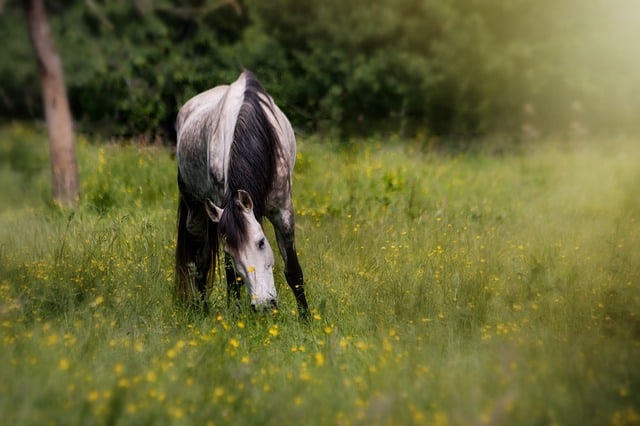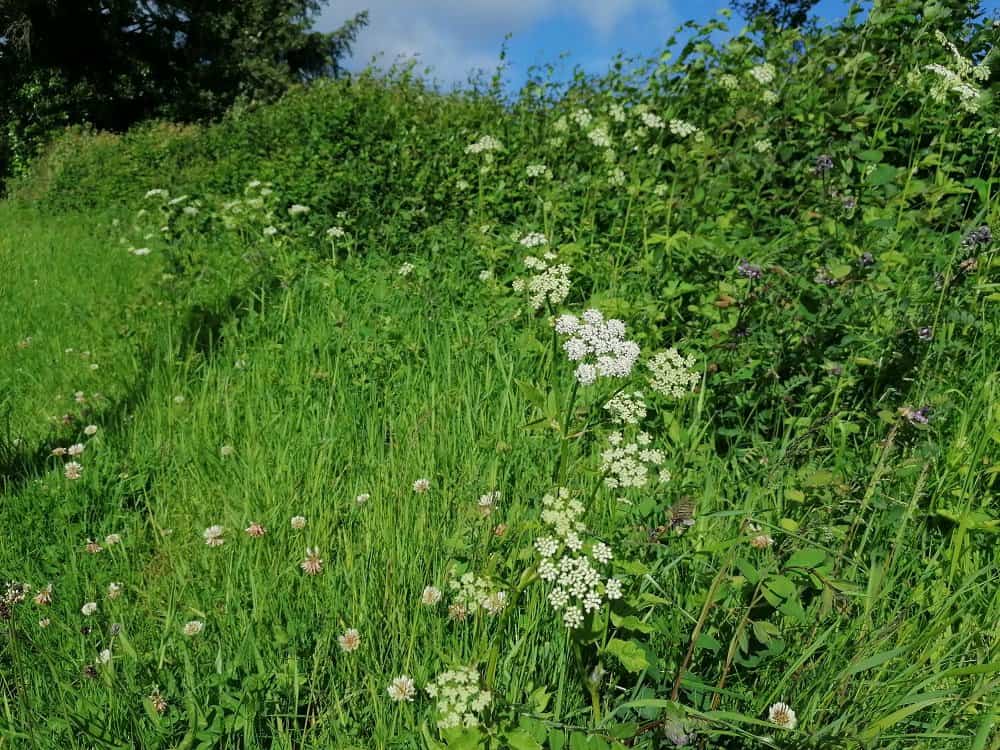As Equestrians we often restrict the access of our horses from free roaming pasture. This can be due to the fact that perhaps we don’t have a lot of ground, or where we keep our horse only offers limited grazing. Don’t get me wrong any grazing is good, but through the domestication of our horses we have deprived them of their natural grazing and roaming instincts. These instincts not only controlled the amount of parasites that an individual animal had, but it also offered the horse a chance to graze herbs and plants with beneficial qualities to the horse’s health.

Cow Parsley
One such beneficial plant is Cow Parsley, scientific name Anthriscus Sylvestris. This plant is also called Wild Chervil, as it is related to Chervil, which is widely used in cooking. If you have been out hand grazing your horse along the hedgerows you may find that he will quite enjoy chomping copious amounts of Cow Parsley.
Appearance

Cow Parsley has a long green hollow stem, with large flower heads made up of small white flowers as seen in the picture above. It is from the same family as the carrot and is said to have a similar flavour, perhaps that’s why it seems to be so irresistible to our horses.
Where it is Found
This plant grows in Europe, Western Asia and North Western Africa along with parts of the Mediterranean region. It commonly grows in hedge rows, fields, grass verges and woodlands during Spring and Summer. The downside to the plant is that it doesn’t dry well to save for later.
The Benefits of Cow Parsley
It is said to have similar properties to fennel in that it promotes digestion and relieves flatulence; I had a Cruising Horse who cribbed and it is safe to say Cow Parsley was a favourite for him; he would happily stand and demolish every Cow Parsley plant in his vicinity when he was out grazing in hand. Wonderful how a Horse instinctively knows what is beneficial to them.
Check out our Video Below showing Cow Parsley – Apologies for the sound it was a very Windy Day!
It is also said to have a calming affect along with speeding up the healing process of the animal, which is very beneficial to an animal that has been injured and is convalescing.
So next time you are holding your horse out for a spot of hand grazing, watch to see what he chooses to eat. I bet if Cow Parsley is in his line of vision, you will be dragged over for him to munch as much as he can.
This article was originally published in our June 2021 Issue of Irish Sport Horse Magazine.
